Embracing Ostomy Advocacy and Giving Back
By Angie Davenport
I’ve had my ileostomy for 38 years due to ulcerative colitis but I only recently went public to encourage other ostomates. Over the years I’ve helped many individuals by word of mouth while keeping my ileostomy private to the outside world. I have always wanted to be a blessing on a wider scope though to others with ostomies.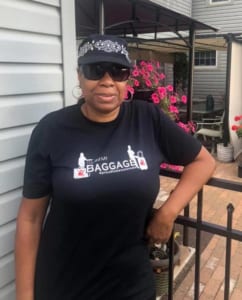
I was first diagnosed with ulcerative colitis in 1980 when I was three months pregnant. At first, I thought it was pregnancy symptoms. After a major episode, I was treated with medication for ulcerative colitis. My son, James was born a few weeks early due to complications.
After the birth of my son in March of 1981, everything was under control and I eventually relocated from Warren, Ohio to Atlanta, Georgia. While living in Atlanta I had a major setback with ulcerative colitis and I had to fly back to Ohio immediately and went directly to the hospital.
After several weeks of treatments in the hospital, my doctor came into my hospital room one night and said we have to do surgery or you won’t make it 24 hours. I’ll never forget my mom crying and praying for God to give her my disease so I could have a normal life.
When I received my permanent ileostomy in March of 1982 I was a young 23-year-old single mom. It was the day before my son’s first birthday. I had never heard of an ostomy. When I woke up in ICU I was devastated, ashamed and frightened. I thought my life was over.
Once I became strong enough physically and mentally I moved back to Atlanta. I was still feeling ashamed and frustrated until my physician in Georgia recommended I attend the local United Ostomy Association (the precursor to UOAA) support group.
While living in Atlanta I became very involved with the UOA group and completed the visitor training program. I enjoyed visiting new ostomates at the hospital. I felt the freedom to be involved because no one really knew me in Atlanta. I remained active until I relocated back to Ohio in 1985. That same year I married my high school sweetheart and we will celebrate 36 years of marriage in November.
Although I was very private about my ostomy I was very successful in my career. I became the first African American female officer at our local bank and functioned in several positions without the exposure of my ileostomy. After the downsizing of my employer, I later worked 10 years at Great Lake Cheese until retiring in 2016.
What is my purpose in life? How can I make my mom proud?
I’ve enjoyed my life as an ostomate. I love traveling, cruising and shopping. I was known in the business community as a person that loved to dress. I taught Dress for Success at the bank for all new tellers.
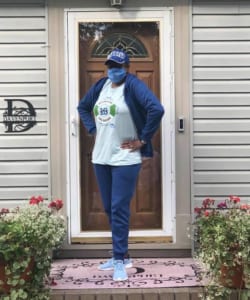 The past few years were filled with so much grief, with the most current being the death of my mom on July 4th 2019, only three days after my 60th birthday. I was feeling the deep void of losing a brother and both parents within 4 years, depression was setting in. I had support but I felt helpless and lost. What is my purpose in life? How can I make my mom proud?
The past few years were filled with so much grief, with the most current being the death of my mom on July 4th 2019, only three days after my 60th birthday. I was feeling the deep void of losing a brother and both parents within 4 years, depression was setting in. I had support but I felt helpless and lost. What is my purpose in life? How can I make my mom proud?
Most will remember 2020 as a horrific year with so much sickness, death and devastation from a deadly pandemic. For me, I utilized the time to seriously seek God for a purpose in my life and being quarantined turned out to be a blessing in helping me find my purpose.
I knew my testimony would bring awareness and hope to so many people.
I became more involved via social media with other ostomates. I’ve met some wonderful friends and it became rewarding to encourage others that had shared similar experiences as me. My heart was really saddened when I read an article about a young man that had gone to court for the right to die because he didn’t want to live with an ostomy. I wept. Also seeing how some individuals can’t afford the basic ostomy supplies and had to use grocery store bags and tape to secure their ostomy bags was heartbreaking. I knew then, that there was so much more I could do for the ostomy community. I knew my testimony would bring awareness and hope to so many people.
As a member of Jearlean Taylor’s Ostomy Stylzz Facebook Group I participated in a virtual fashion show. She is a personal inspiration to me and that show boosted my confidence to a much greater level. I felt a relief to go public. I chose August 14th, 2020 to go live on Facebook and share my story. I felt such freedom once I finished. There were family members, coworkers, church and community friends that responded and supported me in disbelief. For the past 38 years, they never knew I had an ostomy.
One family friend messaged me and told me that he was scheduled for surgery but has canceled many times, but because of my video he felt he could now go through it. I still check on him to make sure he’s not having any problems. That made going public all worth it. But what else could I do?
I decided to participate in the Run for Resilience Ostomy 5K. I registered over 20 walkers to participate virtually in several cities and I exceeded my fundraising goal by almost 100%. The highlight of the day was my local mayor stopping by to present me with a proclamation from the City of Warren in support of ostomy awareness. Our local newspaper also highlighted the event.
…because of my video he felt he could now go through it.
After posting my Ostomy Awareness Day photos and story on Facebook I was contacted by so many family and friends willing to support me in the future.
With the pandemic still active, I’ve been limited in getting out in the public but I do try to make an effort to encourage other ostomates daily. I’ve connected with my local Affiliated Support Group leader and I’m looking forward to greater things once we can meet publicly.
On, March 6, 2021 I will be a 39-year ostomate.
I’m on Facebook and I have a Youtube video discussing my ostomy journey.
I’m free, living with my ostomy!

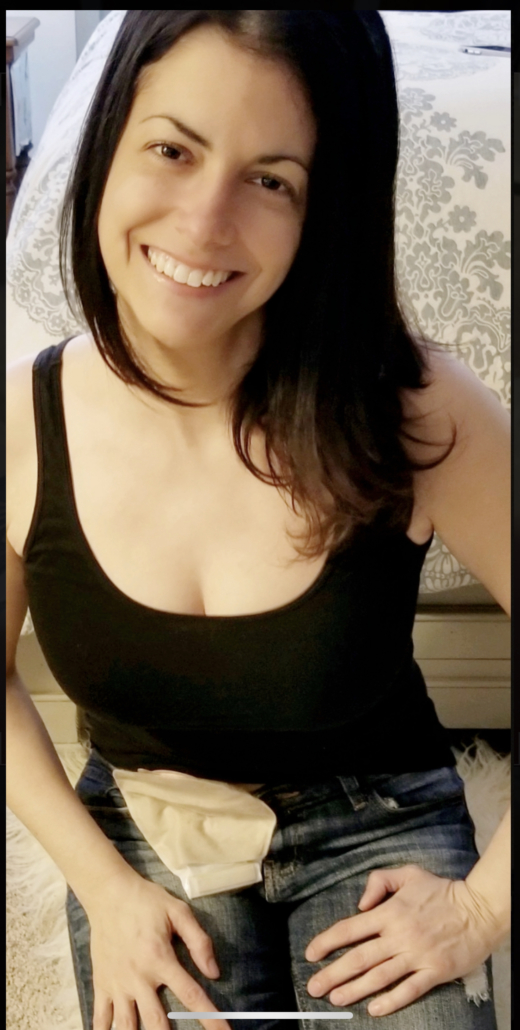
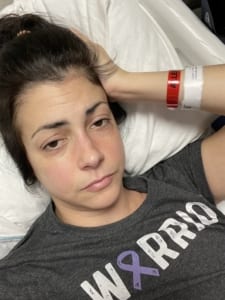 Along the way, I started to feel strong. I was amazed by what both my body and my mind could accept and turn into a positive. I started to really take care of my physical health, and in the three years that I have been the sickest in my life, I became the most physically strong I have ever been by participating religiously in
Along the way, I started to feel strong. I was amazed by what both my body and my mind could accept and turn into a positive. I started to really take care of my physical health, and in the three years that I have been the sickest in my life, I became the most physically strong I have ever been by participating religiously in 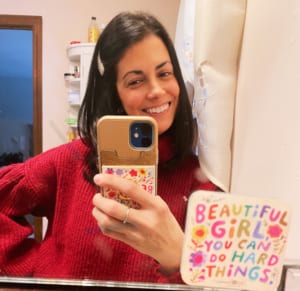
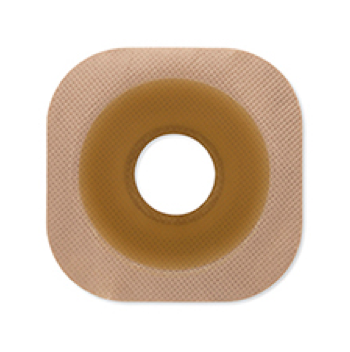
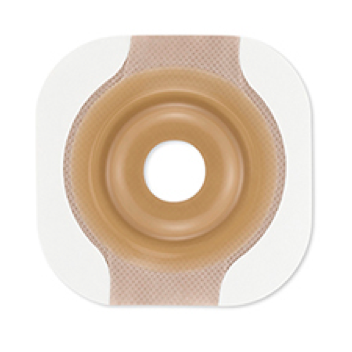
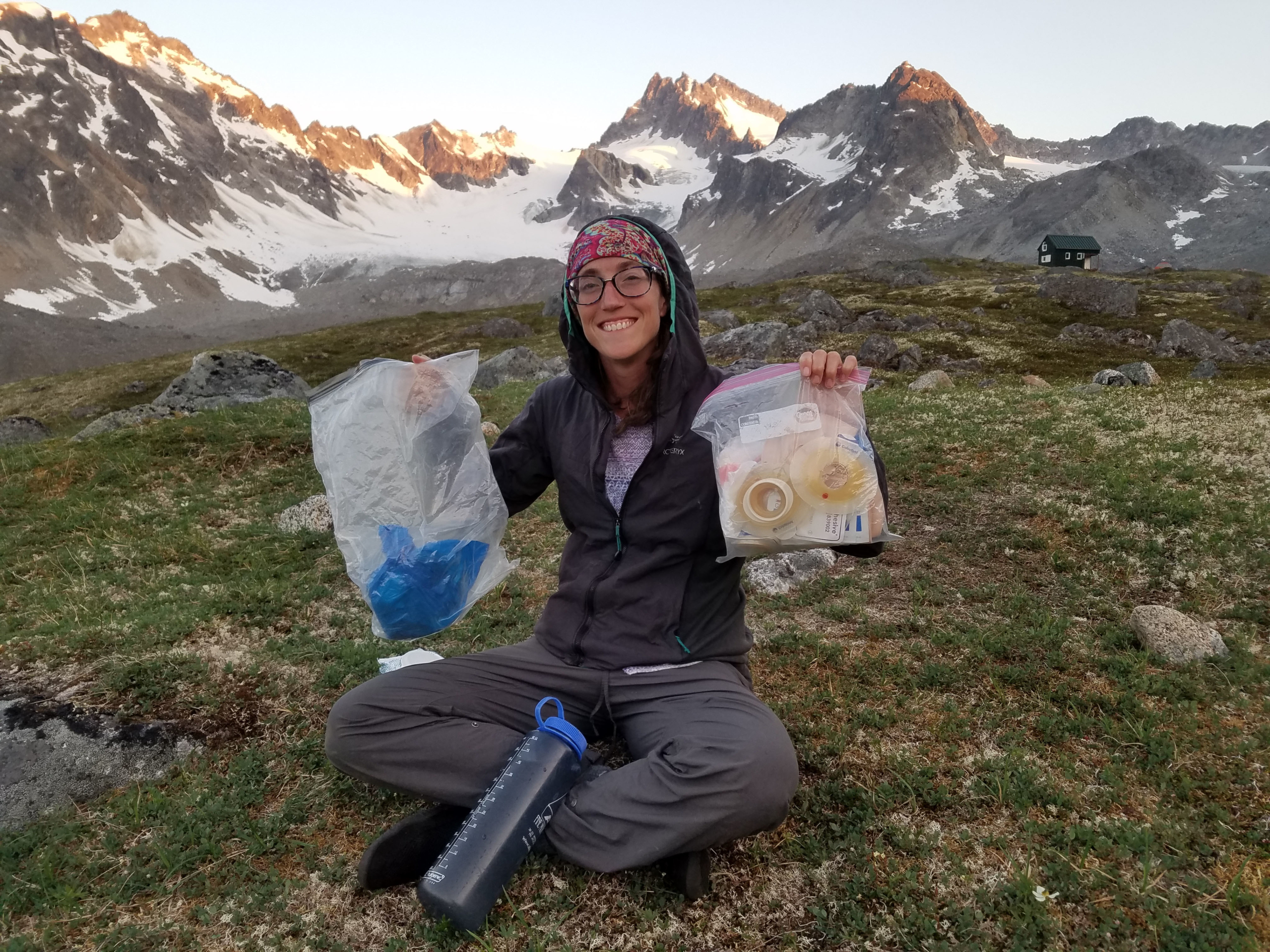
 In 2013 after agonizing over the thought of ostomy surgery (I had been adamant for years that I would not have an ostomy), I finally told my surgeon I was ready, and underwent surgery for a permanent
In 2013 after agonizing over the thought of ostomy surgery (I had been adamant for years that I would not have an ostomy), I finally told my surgeon I was ready, and underwent surgery for a permanent 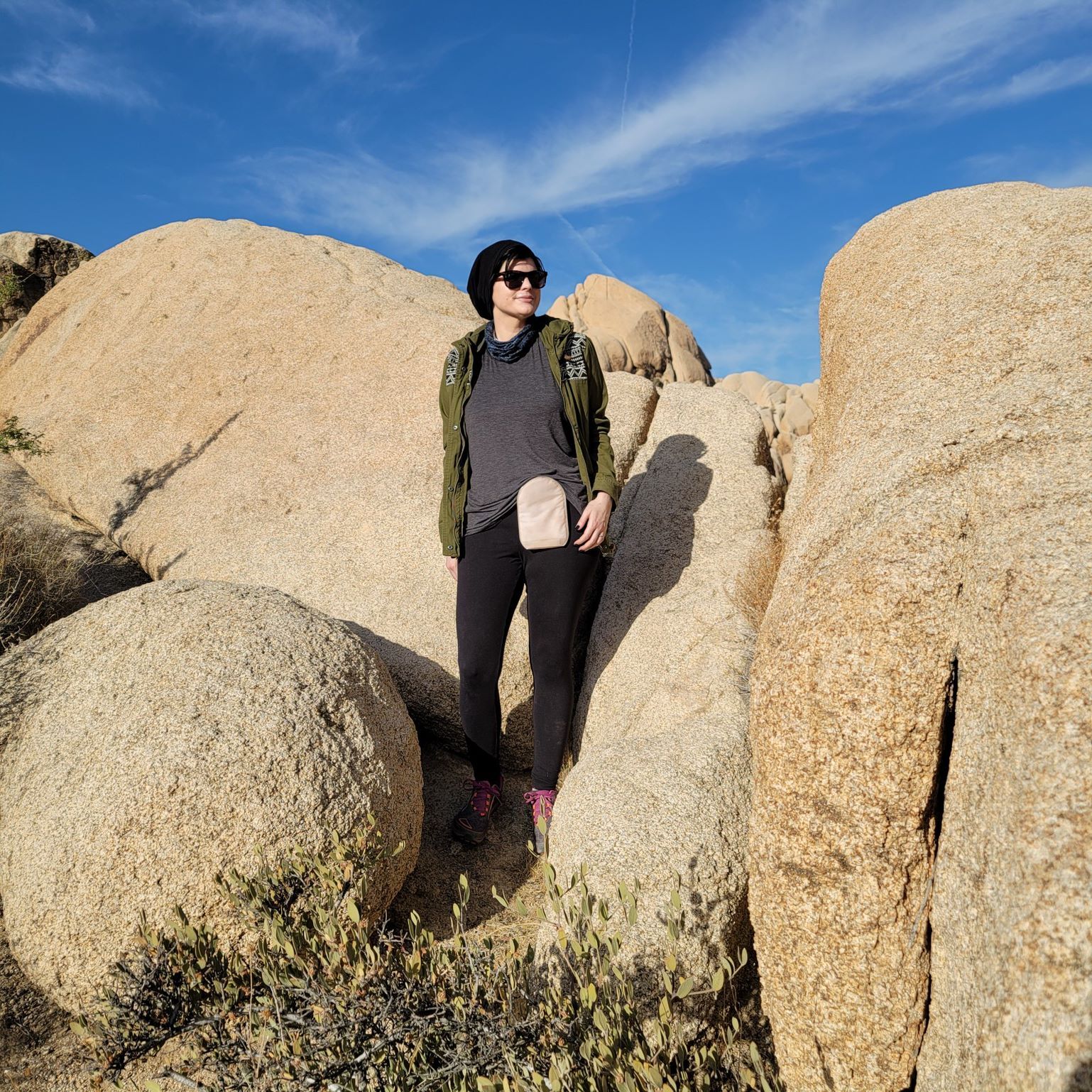 being admitted within the first 90 days post operatively [1]. This is one of the highest rates of readmission when compared to other types of surgery. The most common cause for re-admission is dehydration, at approximately 40% of post ileostomy readmissions [2]. We also know that 84% of ostomy patients develop skin issues. The causes of these can be chemical, mechanical, or microbial, and possibly avoidable. Ostomates also have significantly increased healthcare costs, especially when affected by peristomal skin complications, and leakage [2]. It is known that 25% of ostomates develop renal failure within two years. The complications these patients encounter require 7x more outpatient visits than the average patient. And 29.1% of ostomates experience readmission which costs approximately $16,000 per patient [1]. These statistics show that specialized care for these patients is imperative to improving patient outcomes in this patient population.
being admitted within the first 90 days post operatively [1]. This is one of the highest rates of readmission when compared to other types of surgery. The most common cause for re-admission is dehydration, at approximately 40% of post ileostomy readmissions [2]. We also know that 84% of ostomy patients develop skin issues. The causes of these can be chemical, mechanical, or microbial, and possibly avoidable. Ostomates also have significantly increased healthcare costs, especially when affected by peristomal skin complications, and leakage [2]. It is known that 25% of ostomates develop renal failure within two years. The complications these patients encounter require 7x more outpatient visits than the average patient. And 29.1% of ostomates experience readmission which costs approximately $16,000 per patient [1]. These statistics show that specialized care for these patients is imperative to improving patient outcomes in this patient population.
 If you must travel during this time, make sure you pack
If you must travel during this time, make sure you pack  The holidays can be emotionally challenging for everyone, but for those dealing with chronic conditions, things may feel a little tougher. If you are feeling blue, that is ok! All emotions are valid, so give yourself the time and space to feel sad or angry and to grieve what was. But it’s also a great time of year to reflect on the things that you are grateful for, whether that’s your support system, your health, or even just for making it through this crazy year.
The holidays can be emotionally challenging for everyone, but for those dealing with chronic conditions, things may feel a little tougher. If you are feeling blue, that is ok! All emotions are valid, so give yourself the time and space to feel sad or angry and to grieve what was. But it’s also a great time of year to reflect on the things that you are grateful for, whether that’s your support system, your health, or even just for making it through this crazy year.

